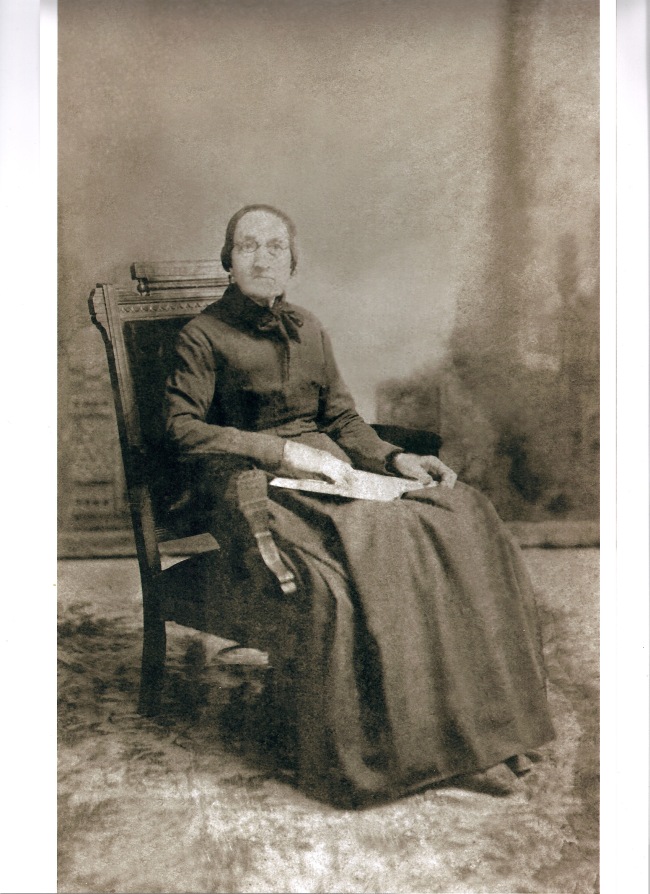 Thich Nhat Hanh has this very beautiful teaching about our ancestors. He says that whenever we miss our parents or our grandparents or any of our ancestors, all we have to do is to look into our own hands.
Thich Nhat Hanh has this very beautiful teaching about our ancestors. He says that whenever we miss our parents or our grandparents or any of our ancestors, all we have to do is to look into our own hands.
Of course we know about genetics and how we inherit our ancestors’ genes. But we also inherit a tradition and a culture and certain values.
Shortly after I heard Thich Nhat Hanh give this teaching I heard this story that drove his point home. In England some years ago, a pre-historic skeleton was found. A local schoolteacher, as an exercise, had all of his students submit a DNA sample. The objective was to see if any of the students in the class were distantly related to this prehistoric man Almost as an afterthought the teacher himself also submitted a DNA sample, and sure enough, he was related directly to the prehistoric man. How remarkable.
I have this photo of my great-great-great grandmother. Her name was Sarah Boyer. The summer before my mother died she sent it to me. We shared the cost of having it restored. Thus I have both the water-damaged original, plus the version that was restored by a local photo studio.
My sister did a little research on Sarah, and found the census listing for Sarah Boyer from 1870. She was 22 years old then. It is quite something to think of the young Sarah Boyer in 1870. Like anyone who is young and fresh and full of life at that age, she must have been really something. I’ll bet she stole more than a few young men’s hearts.
According to the census data her father made $750 in that year. Even in 1870 that was not very much money. His profession is listed as “farm hand”. My family for generation after generation found life hard and unyielding. It is a story of persistence and forbearance. In the many family photographs I have, there are not very many smiling faces.
As I write this, I sit here having retired early to pursue the life of a spiritual seeker. It is a luxury of sorts. Gandhi used to joke about the fact that his benefactors always complained about how expensive it was to keep him in poverty. I am a college graduate in a family that has only known three of those (not including my children). My mother was only the second person in a family that came to the United States around 1750 to graduate high school, and she had to work as a waitress to pay her way through. My grandparents were very poor, and the only way they could afford to have my mother finish high school was to have her help support the family.
I often think of my ancestors, of how hard life was for them, and how much gratitude I feel toward them. The greatest aspiration in life is to become a spiritual seeker, but it is a luxury. Life has to be a certain way in order to support that life. And so when I practice and when I think of the difficulties of the life I have chosen, I think how much harder it was for my parents and my grandparents and so on back through time, and I am humbled by that memory.
When we practice, we practice for the benefit of all sentient beings. We do not simply practice for ourselves. The Buddha once gave a discourse in which he – in typically Indian fashion – gave a 2 x 2 matrix for the reasons for practice. One side of the matrix is whether we practice for ourselves – yes or no. The other side of the matrix is whether we practice for others – yes or no.
According to the Buddha, the best practice is the one where we practice both for ourselves and for others.
There is a tradition in Buddhism whereby at the end of a meditation session one dedicates the merit of the practice to all beings. It is a very wonderful and useful practice, and I do it every day. It is worth remembering, and to honor all of those who have made our very privileged lives possible.
